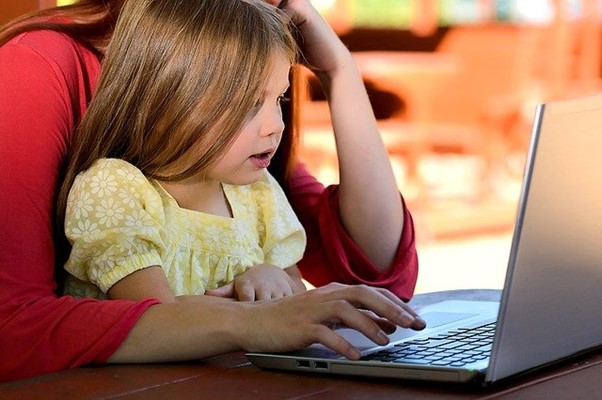The latest trends in the education industry are driven by new technology, the emerging theories of learning and adolescent psychology, and the skills that students will need to succeed in the Digital Age.
Mastery-Based Grading
Choice Advisors Texas explains that traditionally, teachers measured a student’s understanding through standardized tests, and then assigned a letter grade. However, students can get a perfect score because they memorized facts without grasping the key concepts. The result is half-baked, superficial knowledge of a topic.
Mastery-based grading challenges students to dive deeper into topics, and demonstrate understanding through projects, essays, or other tasks. Many of these activities are designed to encourage questions, analysis, integration and application—rather than memorization or rote recitation.
This educational approach starts with very clear learning objectives, then allows students to choose activities to demonstrate mastery. Frequent assessments and one-on-one sessions allow teachers to immediately see if a student is struggling and needs extra help.
Students can go at their own pace, focusing on achieving the learning objectives rather than a particular letter grade.
Technology for personalized learning
Personalized instruction gained popularity in the 2000s, when child psychologists identified multiple learning styles and the need to tailor the curriculum to the students’ personality, strengths, and interests.
It was difficult for teachers to consistently provide personalized instruction because of large classroom sizes—but that changed thanks to accessible and affordable technology. That includes:
- Adaptive software programs that can customize programs for all students, including those with learning disabilities
- Data analytics programs for pre-tests and measuring progress
- Online libraries, freeware, and other cloud-based education resources
- Communication and collaboration tools that allow students to discuss and share ideas beyond the classroom setting
Trauma-informed practices
Trauma or adverse childhood experiences (ACE) impact a child’s mental, emotional, and social development. This can include bullying, domestic violence, community violence such as gang fights or high crime rates, racism, natural disasters, and even the COVID-19 pandemic.
Trauma-informed educational practices look at how these events can affect students’ learning and behavior and incorporates support systems into the curriculum and the school environment. There are now certificate programs for administrators and teachers, as well as online resources.

Digital Citizenship
More schools are including lessons in digital citizenship, or the ability to use Internet and other technology in an effective and appropriate way. Unlike computer classes that teach technical skills, this addresses ethics, etiquette, and issues like cyberbullying and fake news.
STEAM Curriculum
The STEM curriculum typically teaches science, technology, engineering and Math. However, the latest education trend, STEAM, incorporates art or liberal arts classes that encourage creativity, imagination, and critical thinking.
STEAM reflects the shift towards interdisciplinary education. The Every Child Succeeds Act encourages schools to include art and humanities classes in their curriculum.
Psychologists and educators also cite many benefits of exposure to art, from better problem-solving skills to cultural sensitivity and empathy, and whole brain thinking.
Learning more about learning
These are just some of the trends that are driving the education industry and are leading educators to rethink their curriculums and teaching methods.
